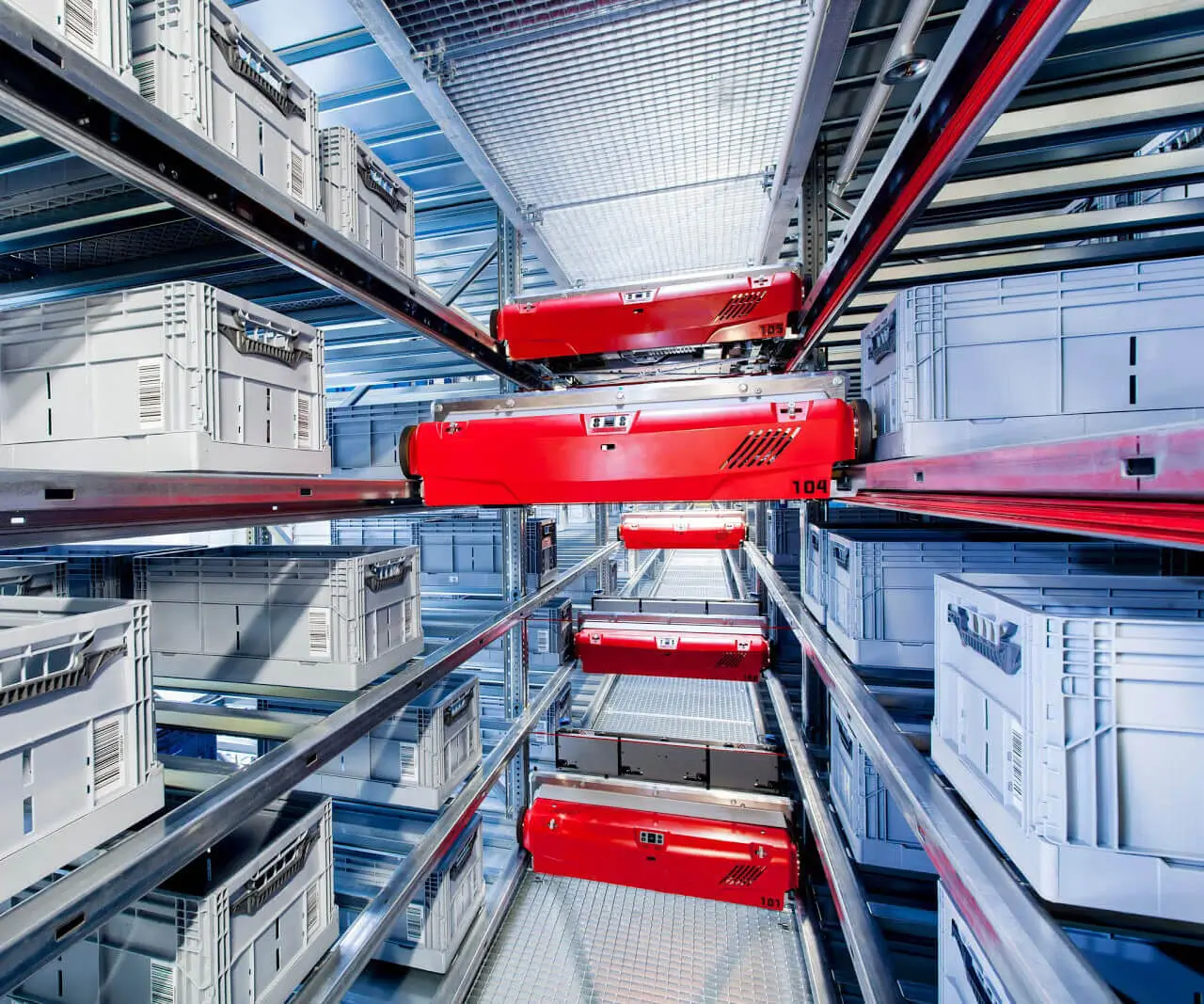Certainly! Here’s the first part of your soft article on “DC gear motor CAD model.” Once you review it, I can provide the continuation.

part 1:
Unlocking Precision in Engineering: The Ultimate Guide to DC Gear Motor CAD Models
In the realm of modern engineering and automation, the humble DC gear motor often plays a starring role. These compact powerhouses convert electrical energy into rotational motion, and their applications span from tiny robotic joints to large industrial machinery. But behind every well-functioning motor lies a meticulous design process—one that hinges on detailed and accurate Computer-Aided Design (CAD) models.
Understanding the Significance of CAD Models in Motor Design
A CAD model isn’t just a digital sketch; it’s a comprehensive, three-dimensional virtual replica of a component or assembly. For DC gear motors, CAD models serve as the blueprint upon which engineers base their specifications, innovations, and troubleshooting efforts. They allow engineers to visualize the complex interplay of internal parts—such as gears, shafts, brushes, and housings—before a single physical prototype is produced.
Why is this important? Because coordinating the intricate mechanics of a gear motor requires precision. Even minor misalignments or tolerances, if overlooked, can cause inefficiency, increased wear, or complete failure. With a detailed CAD model, engineers can simulate how each component interacts under various operating conditions, identify potential issues early on, and optimize designs for durability and performance.
Advantages of Using CAD Models for DC Gear Motors
Enhanced Visualization and Communication: CAD models provide clear visual representations, making it easier for design teams, manufacturers, and clients to understand every facet of the motor’s construction. This clarity fosters collaboration and minimizes misunderstandings during production.
Parametric Flexibility: CAD software enables easy modifications to dimensions and features. Need a gear with a different tooth count or a shaft of altered length? Adjusting parameters directly in the model accelerates the development cycle.
Simulation and Testing: Beyond static visualization, advanced CAD tools support simulations—stress analysis, thermal considerations, and motion studies. These virtual tests can forecast how the motor will perform even before manufacturing begins, saving time and costs.
Manufacturing Integration: Modern CAD models link seamlessly with CAM (Computer-Aided Manufacturing) software. This connectivity streamlines the transition from design to production, ensuring that the physical parts match the digital blueprint with high accuracy.
Customization and Optimizations: Every application demands specific motor characteristics. CAD models provide a flexible platform for customization—whether it’s adjusting gear ratios, housing dimensions, or material selections—culminating in a tailored solution.
Driving the Future with CAD-Driven Designs
As engineering continually advances, the integration of CAD models into the design process becomes even more critical. For DC gear motors, this integration facilitates the development of high-efficiency, space-saving, and energy-efficient products that meet increasingly demanding standards.
Additive manufacturing, or 3D printing, is making it easier to produce prototypes directly from CAD files, enabling rapid validation. Engineers can print and test complex geometries that were once deemed too intricate or costly using traditional manufacturing. This synergy accelerates innovation cycles and enhances the quality and performance of the final product.
Additionally, cloud-based CAD platforms are fostering worldwide collaboration. Teams across continents can access, modify, and review CAD models in real time, ensuring that designs incorporate diverse expertise and geographical insights. This democratization of design empowers smaller firms and startups to participate in cutting-edge motor development.
The Role of CAD Libraries and Standard Components
Many CAD software platforms come equipped with extensive libraries of standard components—bearings, screws, gears, and electrical connectors—which can be imported into your model. This not only speeds up the design process but also ensures compatibility with real-world parts, keeping the final assembly practical and manufacturable.
For DC gear motors, standardized gear modules, shafts, and housing features serve as starting points, which can be customized further as per specific project needs. This modular approach allows engineers to focus on optimizing performance rather than reinventing common parts.
A Closer Look at the CAD Process for Developing DC Gear Motors
Creating an accurate CAD model for a DC gear motor is a systematic process involving several crucial steps:
Conceptual Design: Begin with defining the motor’s specifications—power, speed, torque, size constraints, and intended application. This conceptual phase guides the initial geometry and component choices.
Component Modeling: Create detailed models of individual parts such as gears, stators, rotors, shafts, and housings. Pay close attention to dimensional tolerances, gear tooth profiles, and material considerations.
Assembly Construction: Combine the components into an integrated assembly, simulating how they fit and move relative to each other. This step often involves kinematic analysis and clearance checks.
Simulation and Optimization: Use analytical tools to perform finite element analysis (FEA), thermal modeling, or motion simulations. Based on results, refine the model for enhanced performance.
Generation of Manufacturing Files: Once the model is validated, generate technical drawings, assembly instructions, and CNC-compatible files for production.
Throughout this process, CAD tools serve as the backbone, enabling iterations, documentation, and cohesive communication across multidiscipline teams.
Leveraging innovations in modular drive technology, Kpower integrates high-performance motors, precision reducers, and multi-protocol control systems to provide efficient and customized smart drive system solutions.




































